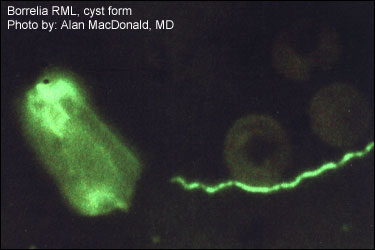
SHARE THIS ARTICLE:
Lyme and Tick-Borne Diseases
In this section, you can find information on Lyme disease caused by Borrelia bacteria and other tick-borne diseases (TBD) and conditions which can be caused by a number of organisms. Currently there are about 20 different TBD. Different types of ticks can transmit different diseases, and one tick bit can also transmit more than one disease. Diagnosis and treatment are difficult processes. The LDA provides information on this website for educational purposes and does not provide medical or other professional advice.
This section contains aspects of Lyme/TBD related to the diseases; tick vectors; prevention; COVID 19 & Lyme; pets and Lyme, kids & schools & Lyme. There is also a section of photos of rashes, organisms, and ticks. Check the drop down menu for all the options.
_____________________________________________________________________________________________________
What Is Lyme Disease?
Lyme disease in the US is caused by a spiral-shaped bacteria, Borrelia burgdorferi (Bb), or by newly discovered Borrelia mayonii. It is usually transmitted by the bite of an infected tick−Ixodes scapularis in the East, Ixodes pacificus in the West.

How is Lyme disease transmitted?
In the USA, the bacteria are transmitted to people and animals by the bite of an infected tick, Ixodes scapularis, (commonly called the blacklegged or deer tick), and Ixodes pacificus (western blacklegged tick) in the West. Although other types of ticks such as the Dermancentor variabilis (American dog) and some insects have been shown to carry the Lyme bacteria, to date, transmission of Lyme through those vectors has not been proven. The longer a tick is attached, the greater risk of disease transmission.


Where can Lyme disease be found in the body?
Lyme is a multi-systemic disease, and the Lyme disease bacterium, Borrelia burgdorferi (Bb), may be found in many different organs, although it is often difficult to test for and to culture. To the left is an image that shows Borrelia burgdorferi (Bb) in the human colon.





